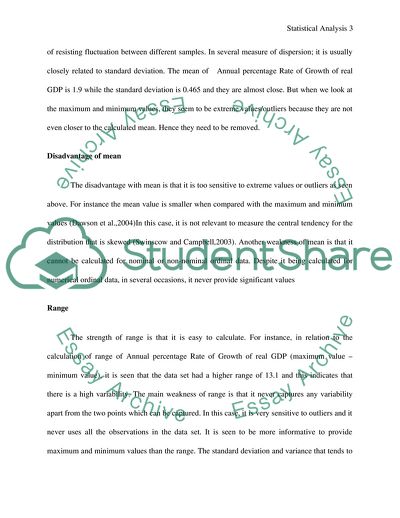Cite this document
(Statistical analysis and crowding-out effect Essay, n.d.)
Statistical analysis and crowding-out effect Essay. https://studentshare.org/macro-microeconomics/1821127-statistical-analysis-and-crowding-out-effect
Statistical analysis and crowding-out effect Essay. https://studentshare.org/macro-microeconomics/1821127-statistical-analysis-and-crowding-out-effect
(Statistical Analysis and Crowding-Out Effect Essay)
Statistical Analysis and Crowding-Out Effect Essay. https://studentshare.org/macro-microeconomics/1821127-statistical-analysis-and-crowding-out-effect.
Statistical Analysis and Crowding-Out Effect Essay. https://studentshare.org/macro-microeconomics/1821127-statistical-analysis-and-crowding-out-effect.
“Statistical Analysis and Crowding-Out Effect Essay”. https://studentshare.org/macro-microeconomics/1821127-statistical-analysis-and-crowding-out-effect.


